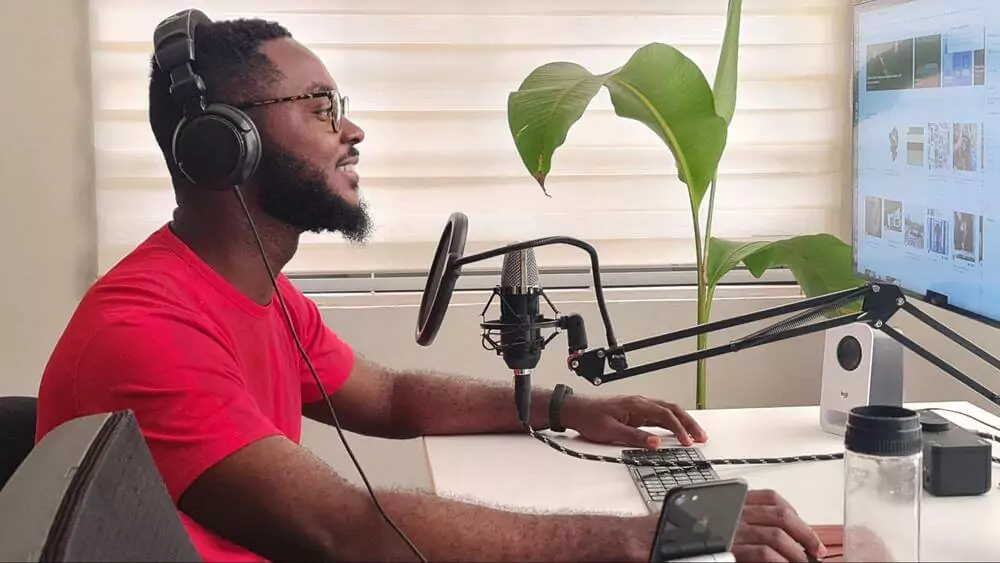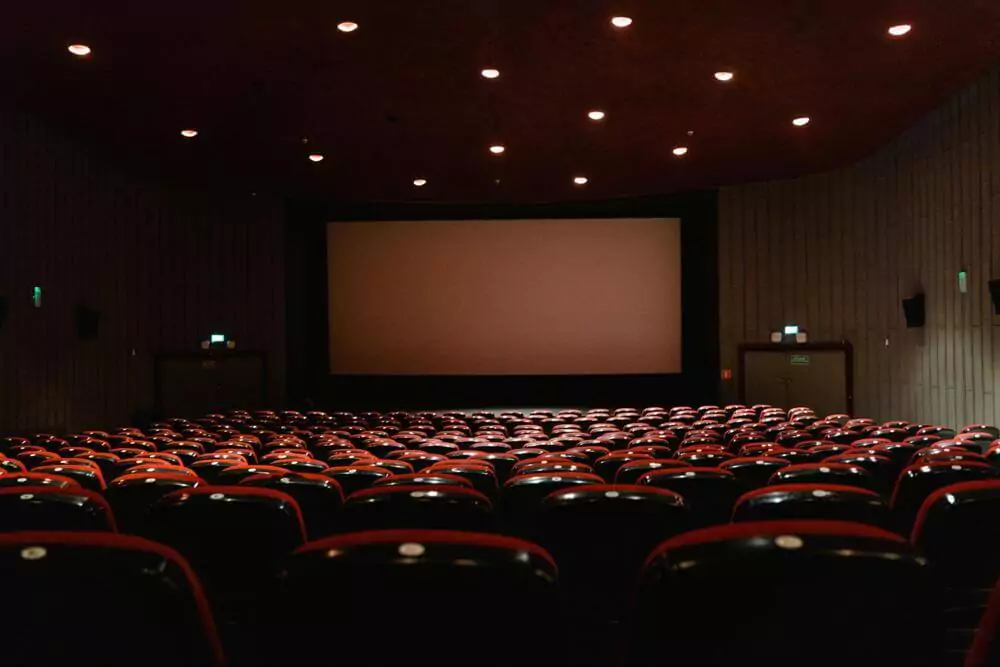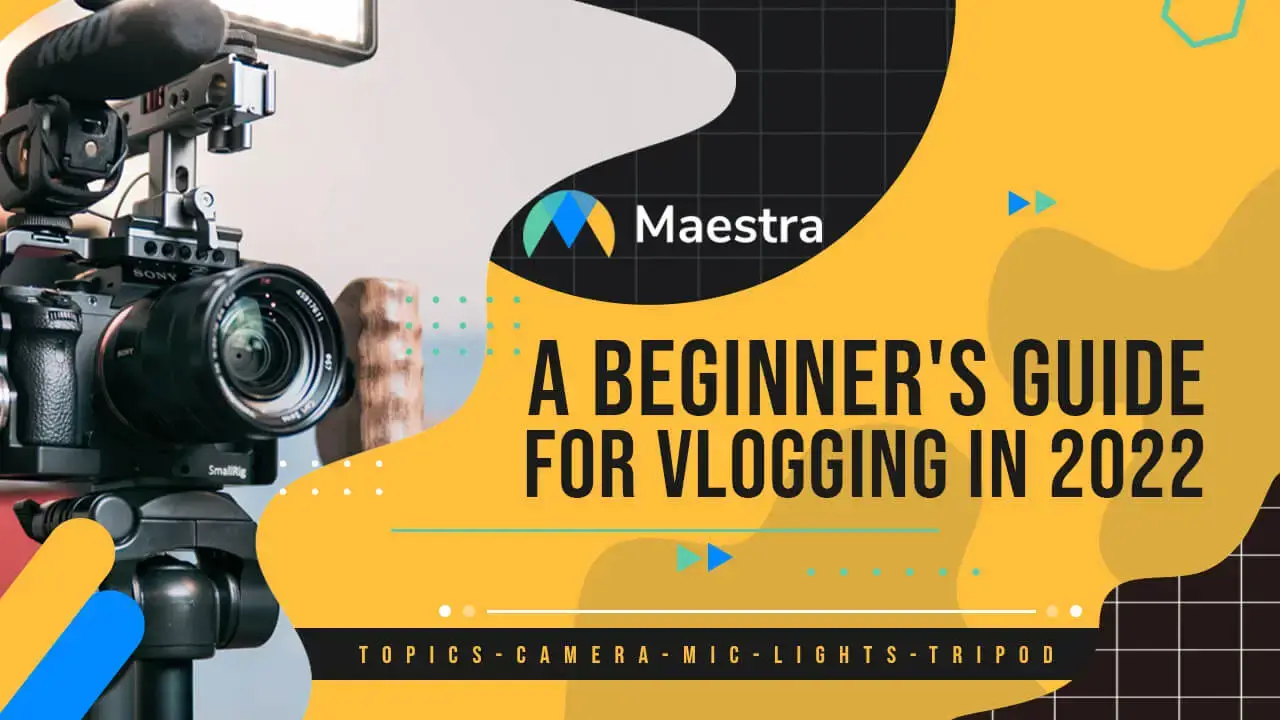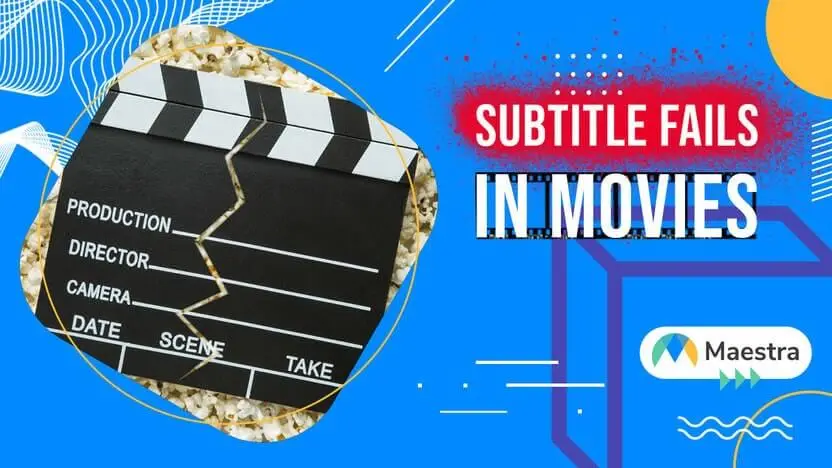How Can Voiceover Make Your Work/Study Life Easier?

The term “voiceover” may not be as ubiquitous and universal as “captioning” or “transcription,” but the practice of adding external audio to video footage shows up in practically every area of our lives. From tutorials and movies to learning and business, voiceover has benefits for everyone. Here are five of the most popular uses for voiceover, and how Maestra can make it easy to overlay new audio onto your own videos.

Tutorials
Voiceover works to clarify and explain video content, and one of the best uses for this is in tutorials. Tutorials can be about anything from hard mathematical problems to repairing a car to baking a cake. Regardless of the topic, it can be hard to learn a new skill just by looking at a video of someone else doing it, so commentary and explanation is vital. Usually the person who made the tutorial has to focus on the skill at hand in order to do it right on film. Later, they’ll add voiceover to narrate their actions and make sure viewers can follow and replicate them.
Documentaries
Perhaps the most common place to encounter voiceover is in documentaries. Documentaries combine a wide array of different clips and images, and usually this material isn’t narrated on-screen, but instead is overlaid by the voice of a narrator reading a script which ties everything together. Films about nature, history, and space—highly popular topics—all make great use of voiceover due to the difficulties inherent in providing commentary for relevant footage in situ. The end result gives students, educators, and anyone curious access to fascinating and invaluable new knowledge.

Foreign Engagement
When voiceover is used to translate content into different languages, it’s usually called dubbing. With dubbing, the aim is to match the speed and cadence of the translated audio with the action occurring on screen, which makes it more difficult than ordinary voiceover. The applications of dubbing, however, are vast. Content creators who produce dubs of their material have the chance to reach out to and engage with foreign audiences, driving views, and follower counts. This means greater popularity as well as increased profits if they monetize their material.
Dubbing can also make a big difference for businesses which have or desire to have connections and presence overseas. These companies need to be able to advertise their products and services in other countries and share important corporate training materials and administrative communiques with international partners and branches. Without dubbing, this can be both time consuming and expensive.
As well, with audio dubbing, people in other countries gain access to a larger variety of educational materials, news, and entertainment—most notably, movies and television.
Cinema/Television
The most popular application of dubbing is, without a doubt, entertainment. Captions
and subtitles are simple and effective ways to make movies or TV shows intelligible to
foreign audiences,
but introduce more effort into the act of viewing. Sometimes, people just want to sit back
and relax without
having to read every line of dialogue at the bottom of the screen. By the same token, people
might want to
watch something while performing another task at the same time, drawing their visual focus
away. With
dubbing, you can easily watch non-English entertainment without having to keep your eyes
constantly on the
screen. This is good news for viewers and great for international production companies who
are better able
to break into and thrive in overseas markets.

Commentary
Occasionally, a movie or a franchise becomes popular enough that it gets a re-release with extra features. Director and actor commentary is a popular feature on these special editions and usually involves voiceover overlaid on scenes from the original film. These versions are a huge hit with fandoms and any and all dedicated movie lovers. Directors can talk about the inception of a film and script writing, actors can share humorous anecdotes or talk about how they prepared for roles, and production team members can talk about set design, technical challenges, CGI, and more, enhancing the viewing experience and giving fans more of what they want.

What Maestra Does
Maestra’s automatic video dubber makes it easy and simple to create a full translated dub of any video. Simply visit Maestra’s website and select the automatic voiceover tool. Upload your video (any file format is acceptable) and Maestra’s industry-leading speech recognition software will analyze and transcribe the entire audio track. Select from our library of over fifty languages and our wide array of clear, naturalistic vocal synthesizers, and Maestra will automatically overlay the new audio onto your video. From there, you can export your new dub to post or share however and wherever you like.
__________________________
Maestra makes dubbing easy, but that’s not all. Our full-featured software suite covers transcription, translation, captioning, and more. Visit our website today and sign up for a free trial of our entire toolkit to see what Maestra can do for you.



